J. Christian Jensen: White Earth
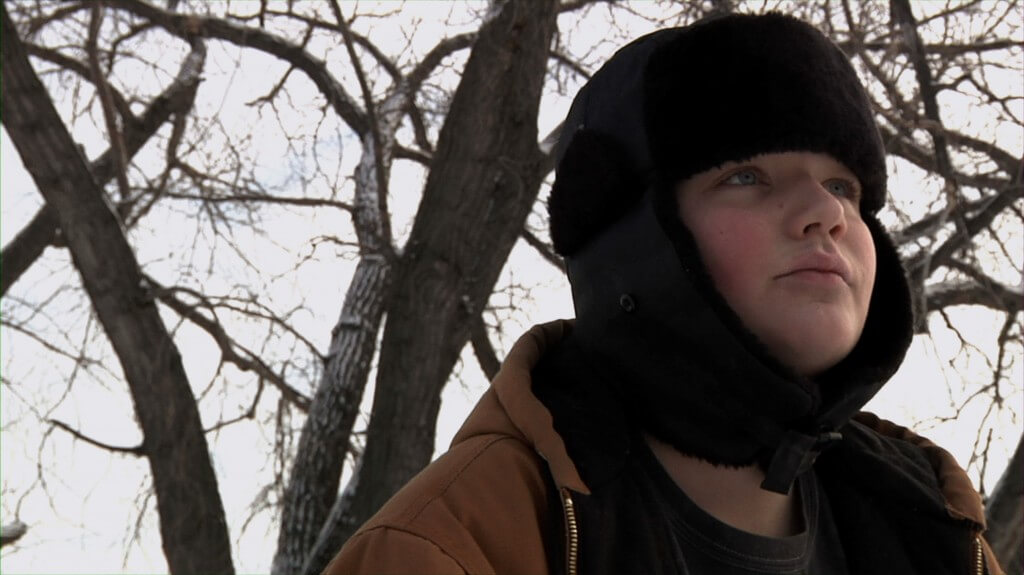

J. Christian Jensen is a filmmaker, writer, and part-time educator. His short documentary film, White Earth, is a tale of an oil boom that has drawn thousands to America’s Northern Plains in search of work. Told from the perspective of three children and an immigrant mother whose lives are touched by the oil boom, each story intertwines with the others – exploring themes of innocence, home, and the American Dream. Frontrunner sat down with Christian just prior to finding out that the film was shortlisted in the Documentary Short Subject category of the 2015 Academy Awards.
I met James by chance on a research trip when a very kind local elementary school teacher, Justin Labar, invited me to dinner at his home in White Earth. Along with being a bus driver, teacher, and nighttime oil worker Justin was also the leader of a local religious congregation and he had made an effort to look out for the temporal needs of James and his father. Justin took me to visit them and as soon as I met James I knew there was something special about him. He was clearly very bright, despite not being enrolled in school, but he had almost zero social filter regulating what he said, which I found refreshing. James was completely trusting, and his father was surprisingly trusting as well. I think a lot of it had to do with the trust they had in Justin, who introduced me to them.
One of the first things I noted about James was how completely unimpressed he was with the camera. Most kids are starstruck and either ham it up, or are nervous about doing something wrong. James just didn’t care. He liked having us around, but we were there on his terms. This was perfect for capturing authentic moments, but it did present a challenge when we wanted to reign him in for an interview. I find that on-camera interviews – especially with children – can be really hampered by the tyranny of a camera so I often prefer audio-only interviews. With James, we turned the interview into a sort of game. We built a big fort out of blankets, pillows and furniture and I would ask him questions in between breaks for snacks and goofing off. It worked well because it turned the experience into an adventure, while simultaneously creating an ideal sound recording environment.

White Earth is incredibly fascinating because of the variety in voices but still largely focused on children. Flor is the only adult voice in the film. Tell me about your approach to finding characters for the the film.
I initially set out to make a film that would focus on a single family living in an RV and working in the oil fields, but about a week prior to my first major production trip I received a call from the father of that family saying his wife had left him and moved back to Minnesota with the kids and I couldn’t film. Fortunately, I had cast a wide net for possible subjects and the thing I kept returning to was a desire to focus on children. They are fantastic because they’re always watching, listening, and are so unfiltered. You can also gain access to the adult world through children because they often reflect the things they hear from adults but without sugar-coating anything. I knew that I wanted at least one child who had grown up in North Dakota, and could speak to the changes that were happening there. Leevi was very extroverted and her family’s multi-generational status in the community seemed important to include. There was a quiet, lilting quality to her voice that somehow embodied the concept of “home” and I felt she could stand in for the whole of the local community. Her family also demonstrated an interesting tension that exists with land-owning locals. They are rightfully concerned about the changes that are happening to their once-quiet communities, but at the same time they stand to gain a lot financially be leasing property and water rights for use in oil extraction.
The decision to include the mother, Flor, was something I went back and forth on. My original intent was to have Elena, her daughter, be the only voice from that family. She was so bright and really represented the 2nd-generational fulfillment of the American Dream that is such a part of the immigrant story. But when it came right down to it, she just wasn’t able to open up during the interview. Out of an act of desperation, I decided to interview Flor while the kids were away at school. She completely blew me away – made me cry with the sincerity and hope that she exuded for her family. Even though part of me wanted to retain the stylistic integrity of not including any adult voices, Flor’s conversation was so centered on her children and their experience, it still felt right.
The oil rig shots at night, the snowy roads, music, and sound design make the country seem both familiar and unearthly. Can you speak to creating a cinematic reflection of the environment?
The film is the broad culmination of two perspectives. The voiceover and observational scenes are meant to represent the perspective of the characters – primarily children – who have found themselves in the middle of this strange oil boom territory. But the landscape visuals and much of the music reflect my own emotional response to what I saw when I arrived in North Dakota. I’ll never forget the feeling of driving through the oil fields at night for the first time. It was like an otherworldly invasion with lights from oil rigs beaming in distant wheat fields and flames bursting out of the ground. It reminded me of one of my favorite films by Werner Herzog called Lessons of Darkness, where he visits the burning oil fields of Kuwait after the Gulf War and creates a post-apocalyptic science fiction narrative out of what he sees there. It was important that I capture the way that this unnatural light expressed itself in the landscape, which was being changed so dramatically in the oil extraction process.
I was also determined that the film should capture the sheer brutality of the cold and wind. Oil work never stops. The drills and pumps are running day and night in even the most extreme weather. Not everyone is built to take it and only the heartiest workers stick around through the first winter. Because the film is about the American Dream, I felt it was important that we sense just how hard some people work to achieve (or retain) that dream.
Sound design was a key part of creating an immersive cinematic experience. My goal was to blur the line between natural sound and music so I recorded as many sounds as I could that were native to the oil fields – diesel trucks, natural gas flares, wind, trains, pumps, derricks and drills… and I worked closely with a composer named Wiley Webb to alter the natural sounds, giving them tonal qualities that we could layer into creating musical compositions. Wiley was fantastic to work with and I’m really pleased with what we accomplished.
I also used the some incredibly rich compositions created by the experimental musician/sound artist Chris Carlson.
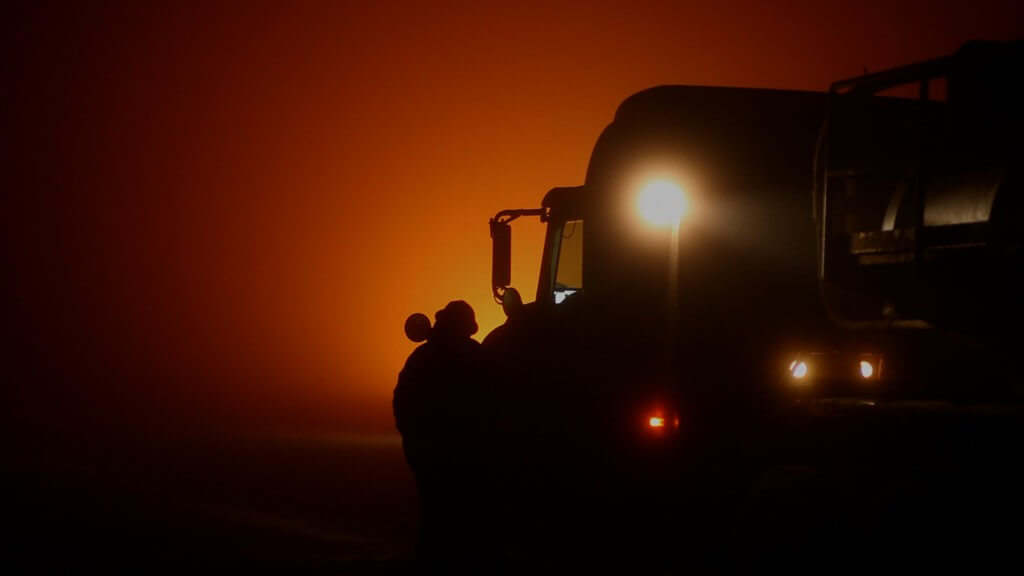
Tell me about the challenges along the way. Your production notes read that “most oil activities had to be filmed clandestinely under cover of darkness” and that production “required sleeping many nights in cars, on floors, or in man camps”. Elaborate.
Because of the lack of housing in the oil boom regions of North Dakota, it was extremely difficult to find lodging at all (let alone on a student budget) so at times my only option was to sleep in my car. I was also very lucky to meet a generous bartender who allowed me to crash on her couch. It was far from ideal as her home was the hub of all-night drinking sessions and her two dogs had a habit of urinating on my bedding every day. Eventually I was able to pull some strings and get a temporary room in a man camp. It made the experience more authentic as I experienced the same hassles that thousands of other oil workers faced every day.
Gaining officially approved access to any of the oil sites was nearly impossible. I tried various avenues but was blocked at every turn by the bureaucracy; eventually I took matters into my own hands and just started filming. The rigs, pumps, and flaring sites are scattered all over the place and easily visible. I found it best to film at night when it was coldest and darkest. The visuals were more striking then, and it also created a strong disincentive to people who might hassle me – as they would have had to leave the warmth of their vehicles and confront me out in some frozen, windswept field.

There was one trucker that threw a few rules to the wind and let me join him on a 3am oil run up near the Canadian border. A thick fog settled in completely transforming and amplifying the firelight from the flares. In the morning the fog had covered everything with a layer of frost crystals. It turned out to be the most spectacular shoot of my life.
You edited a short “Solitary Plains” from some of White Earth for the web – a short monologue of James? What inspired this focus on one character?
I always intended the film the explore the tensions between different perspectives about the oil boom. White Earth weaves three stories together and explores a broader set of of themes, but James was always the character that resonated strongest with me. It wasn’t until I discovered him that I even believed the film would work. He’s the perfect unreliable narrator, and becomes a sort of Greek chorus for the film as a whole. At one point after White Earth premiered on the festival circuit, I was idly wishing that I had a shorter version of the film that would be more suitable to pair with a documentary feature. It occurred to me that if anyone from White Earth could carry a film alone, it would be James. I decided to cut an alternative film called Solitary Plains in one day from footage contained in White Earth. It’s really interesting how the impact of James’ story is altered simply by the absence of the other characters. It’s more isolating and myopic – a tiny sliver of a massive story. It was an interesting experiment that paid off handsomely since the shorter film has done surprisingly well on the festival circuit.
What do you have planned for the future?
At the moment I’m editing a feature-length documentary called “Out Run” about the world’s first LGBT political party. It follows a motley group of LGBT activists who are entering the messy world of Filipino politics in order to gain a seat in the minority Congress and protect themselves from work discrimination. I’ll also be doing some part-time teaching at Stanford University and am in the early stages of trying to develop a feature-length documentary in collaboration with another filmmaker. Indie doc making is so life-consuming and the financial return is minimal. In such a media-saturated world I just don’t see the point in making that kind of sacrifice unless I’m absolutely possessed by an idea.

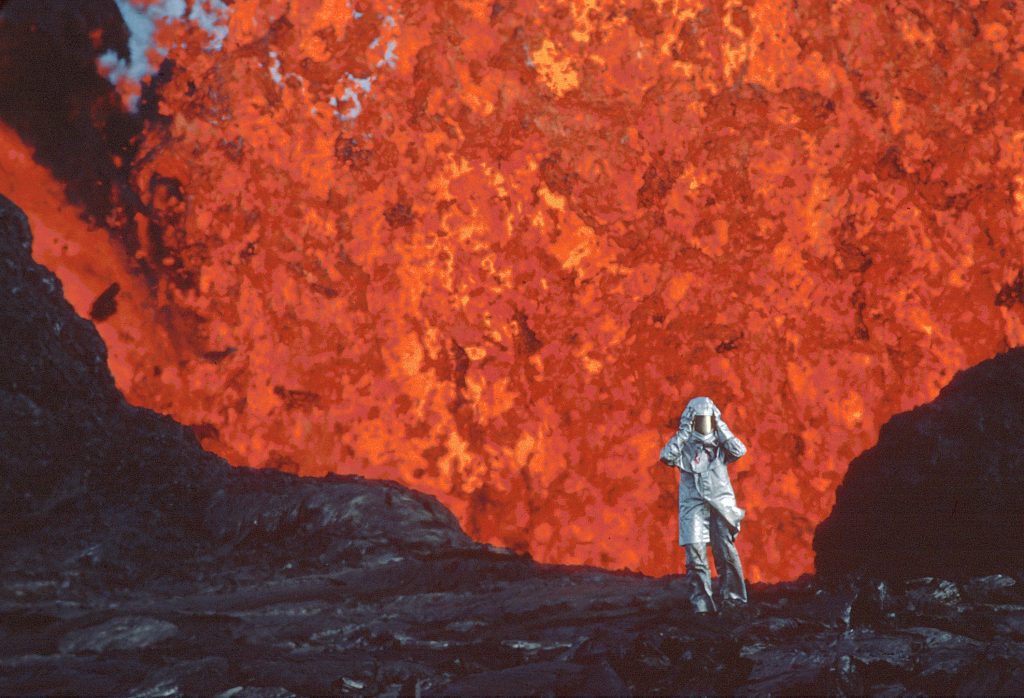
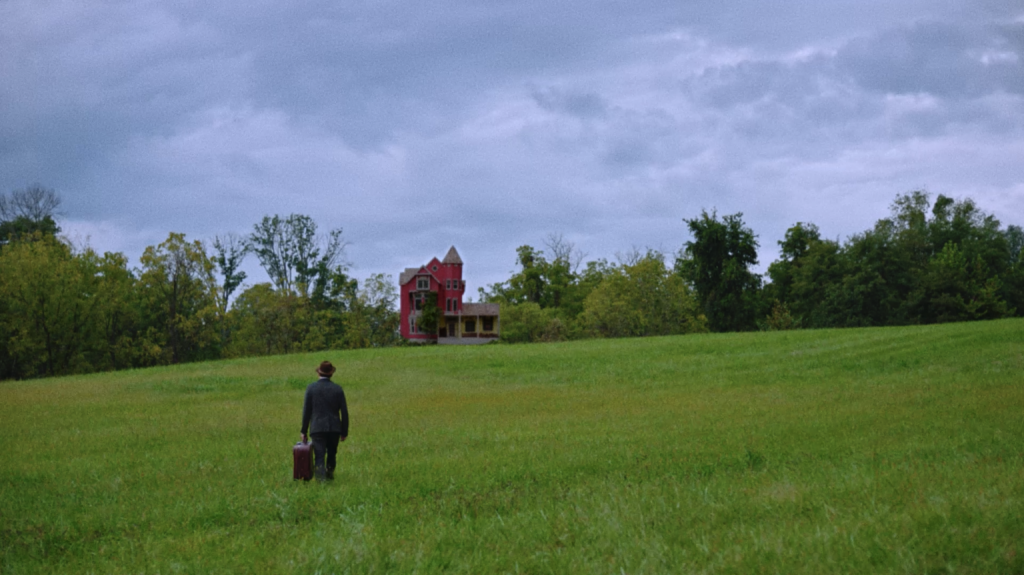




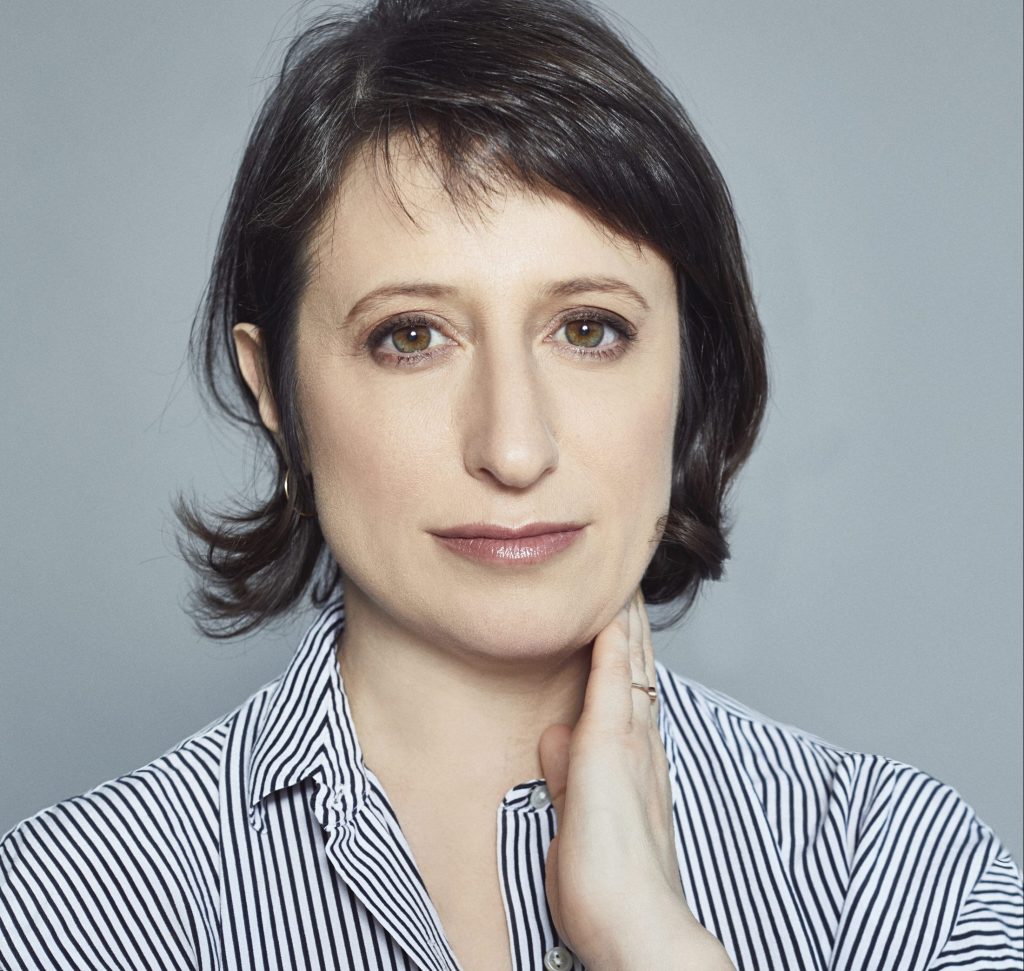
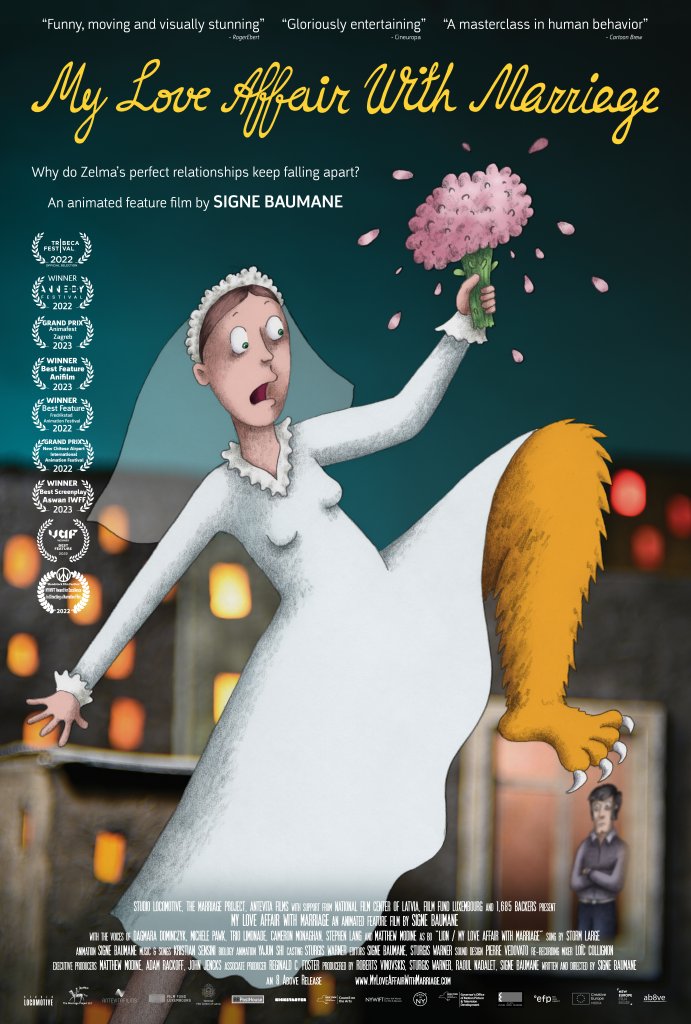

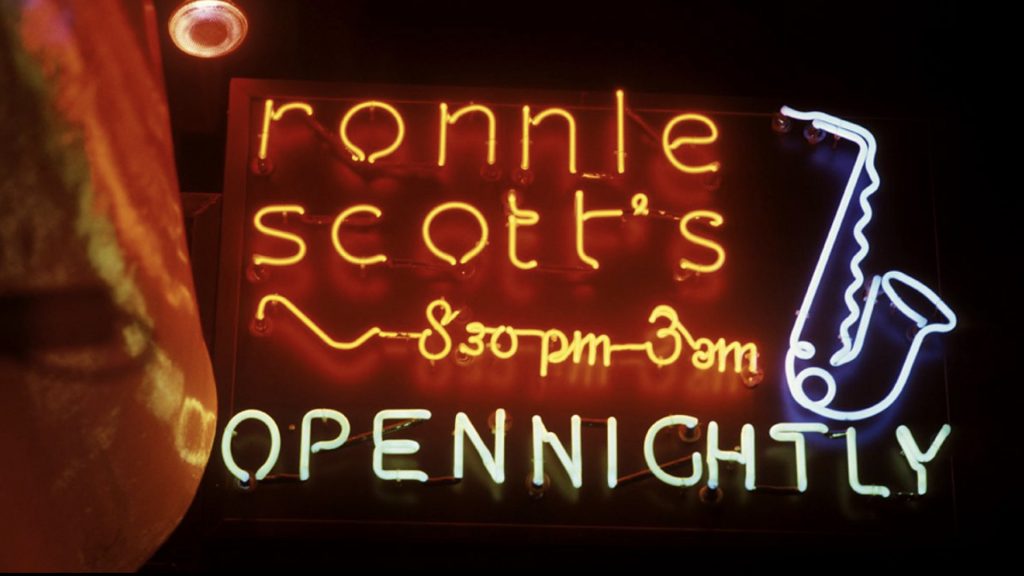
Responses